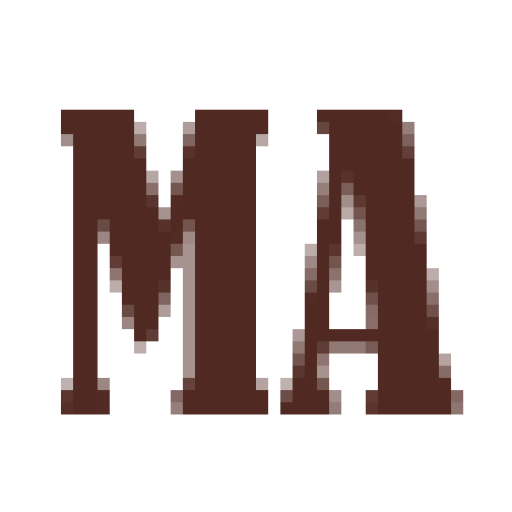Robert Greene’s Arcadian landscapes, painted in the 1980s and 1990s, received extraordinary attention, entering into important private and museum collections, including those of Eli Broad and the Whitney and Metropolitan Museums, among others. These beautifully painted paintings present scenic idylls of culture and desire populated by figures out of Town & Country Magazine, or more accurately the cinematic salmagundi of Fellini or Visconti; mondaine characters both male and female accompanied by splendid dogs, particularly standard poodles. The current show is the first exhibition of Greene’s landscape paintings in over 20 years.
Stylistically, Greene’s paintings developed in an international context of gently off-kilter romantic work that arose in the 1980s and included artists as varied as Salvo, Francesco Clemente, and Jiri Georg Dokoupil, whose portrait Greene has painted. Anon, the artist’s work conjures Florine Stettheimer and Louis Eilshemius, but informed by an emotionally aspirational imagination steeped in the upper middle-class enclaves of Long Island’s North Shore. In ways Robert Greene’s paintings can be viewed as fantasies of class identity reconnoitered by John Cheever, Mordecai Richler, or Phillip Roth. Or, perhaps, Watteau by way of a cultivated American bourgeoisie.
Drastically changing styles in the late 1990s, Greene made rigorous, complexly textured abstract monochromes that have received attention too, both critically and from the architect Peter Marino who commissioned the artist to produce work for Chanel Boutiques in over 40 cities worldwide, including in SoHo, New York.
Robert Greene first showed with the pioneering Tracey Garet Gallery in the East Village (1984) and went on to show with the Robert Miller Gallery for 30 years. He had a one-person exhibition at the Stedelijk Bureau Museum in Amsterdam in 1996. The artist’s landscapes where also chosen for the 1987 Whitney Biennial. Robert Greene lives and works in Brooklyn, NY.
